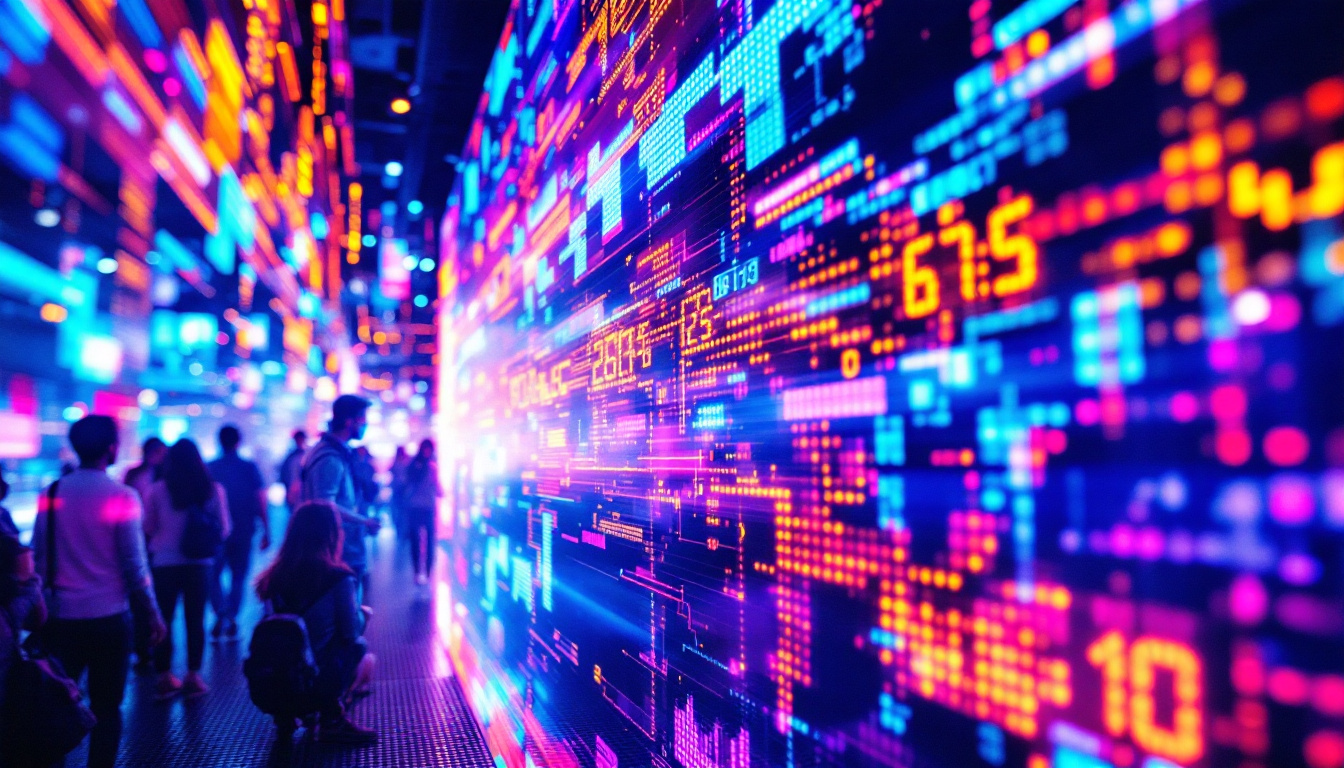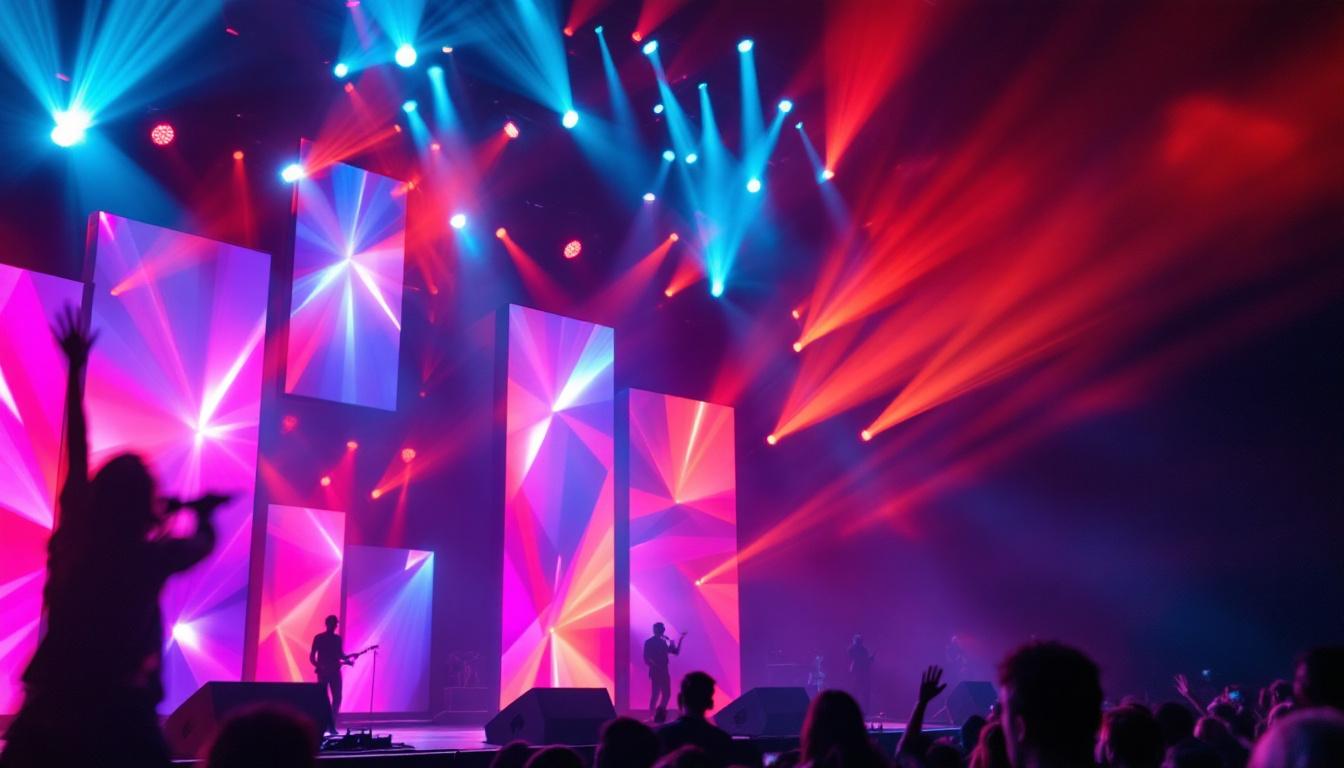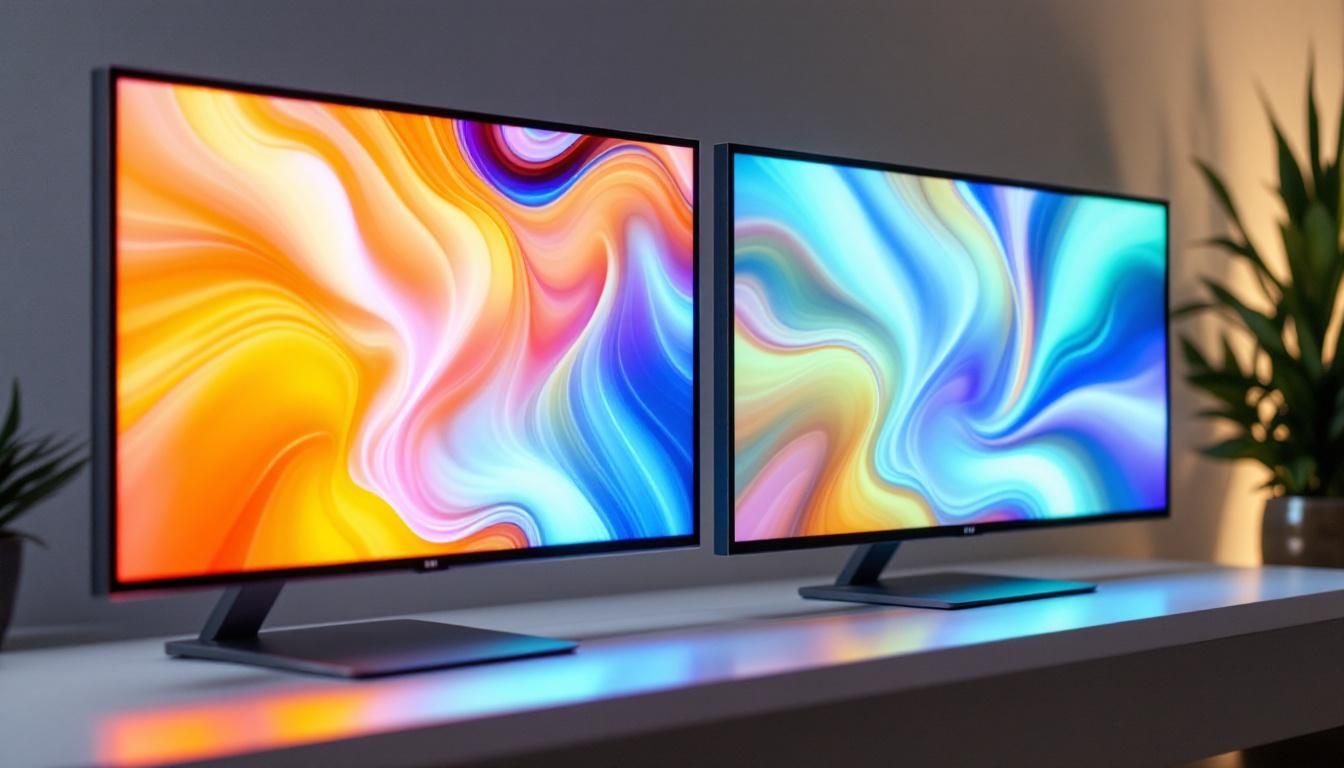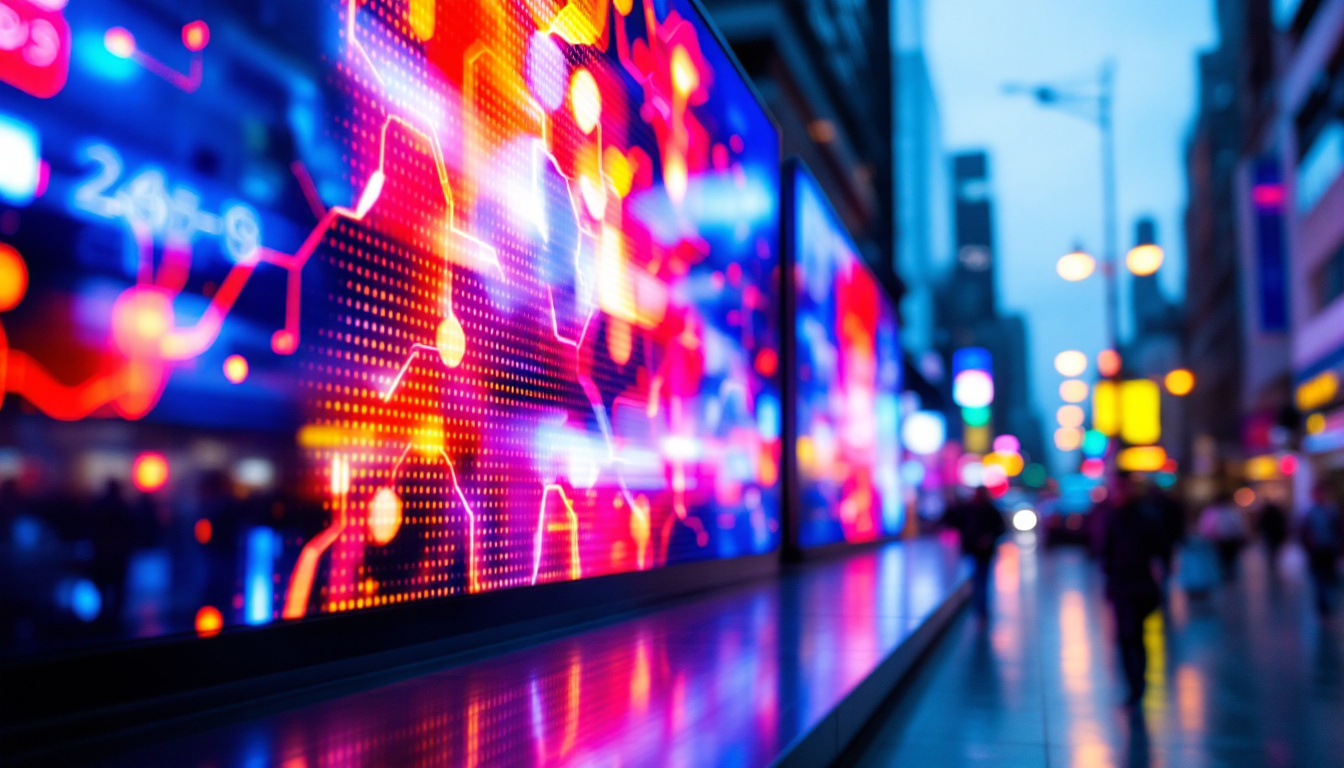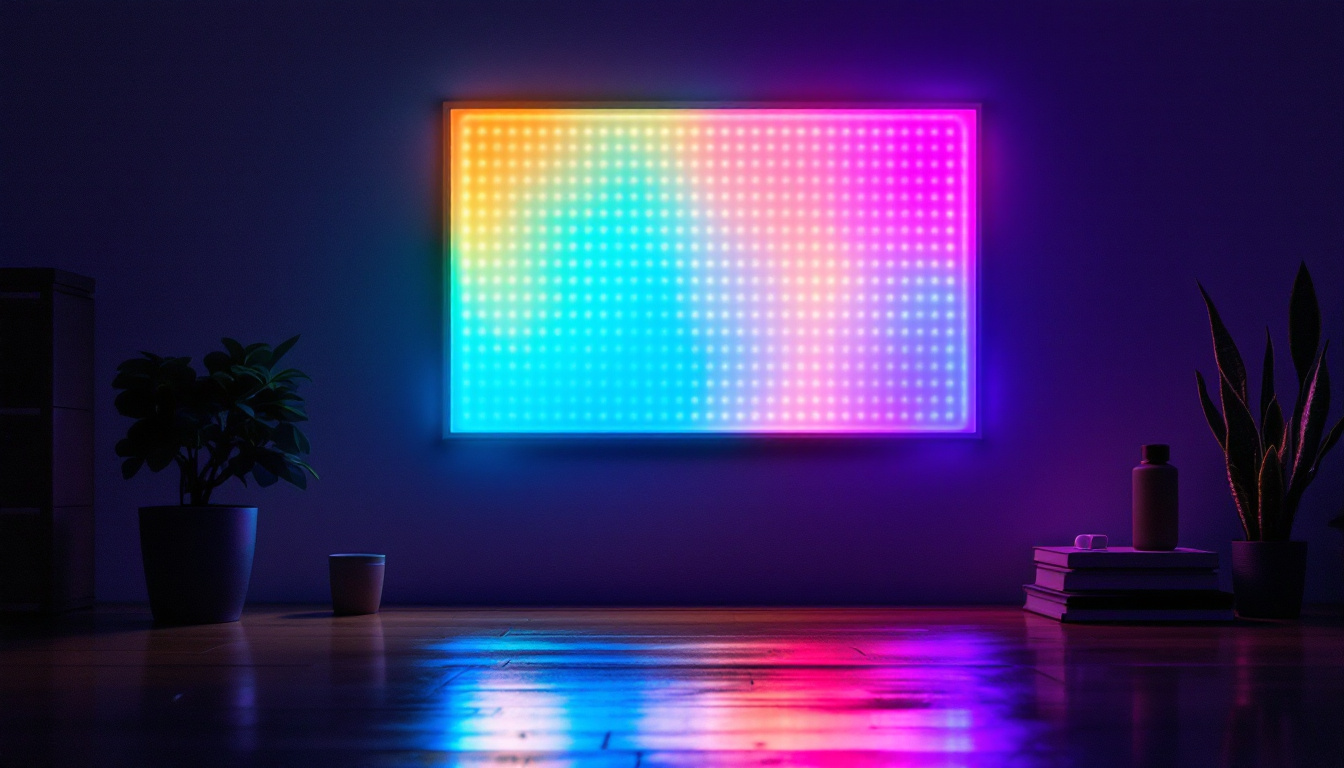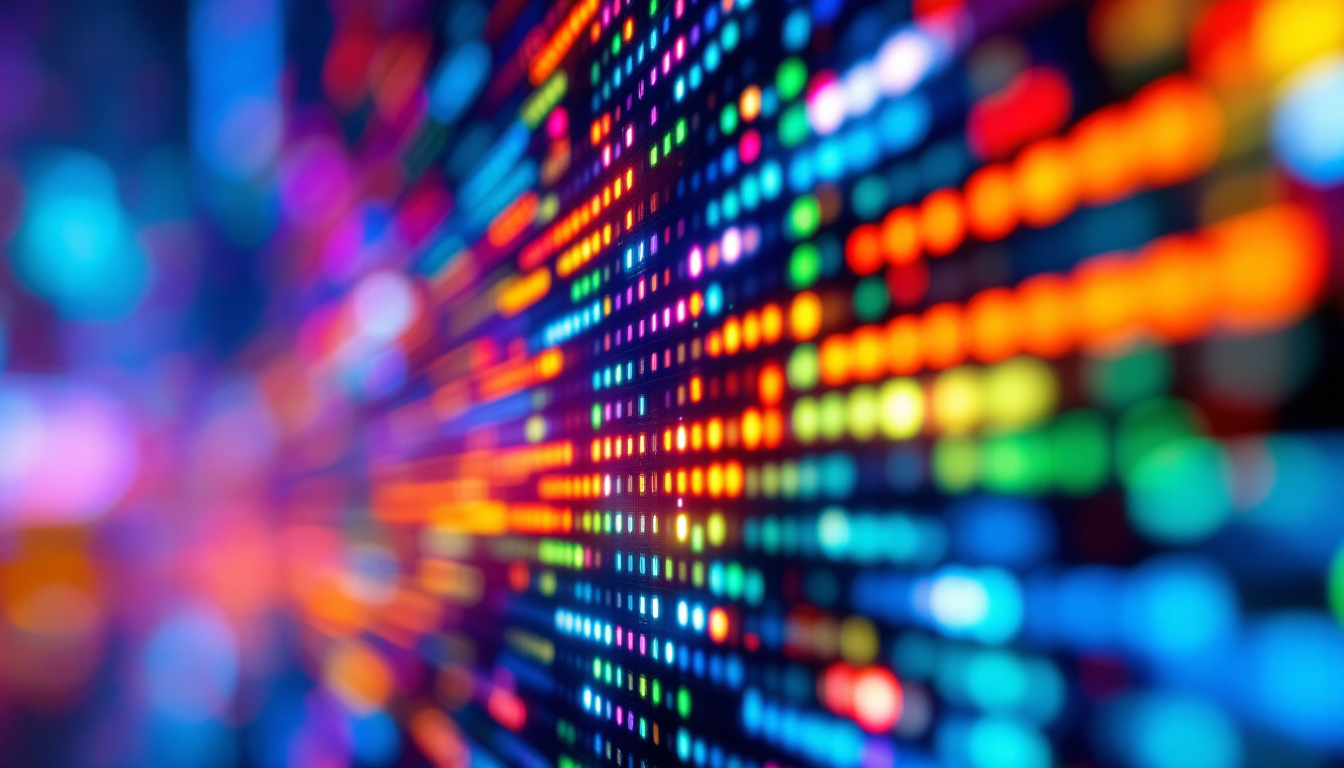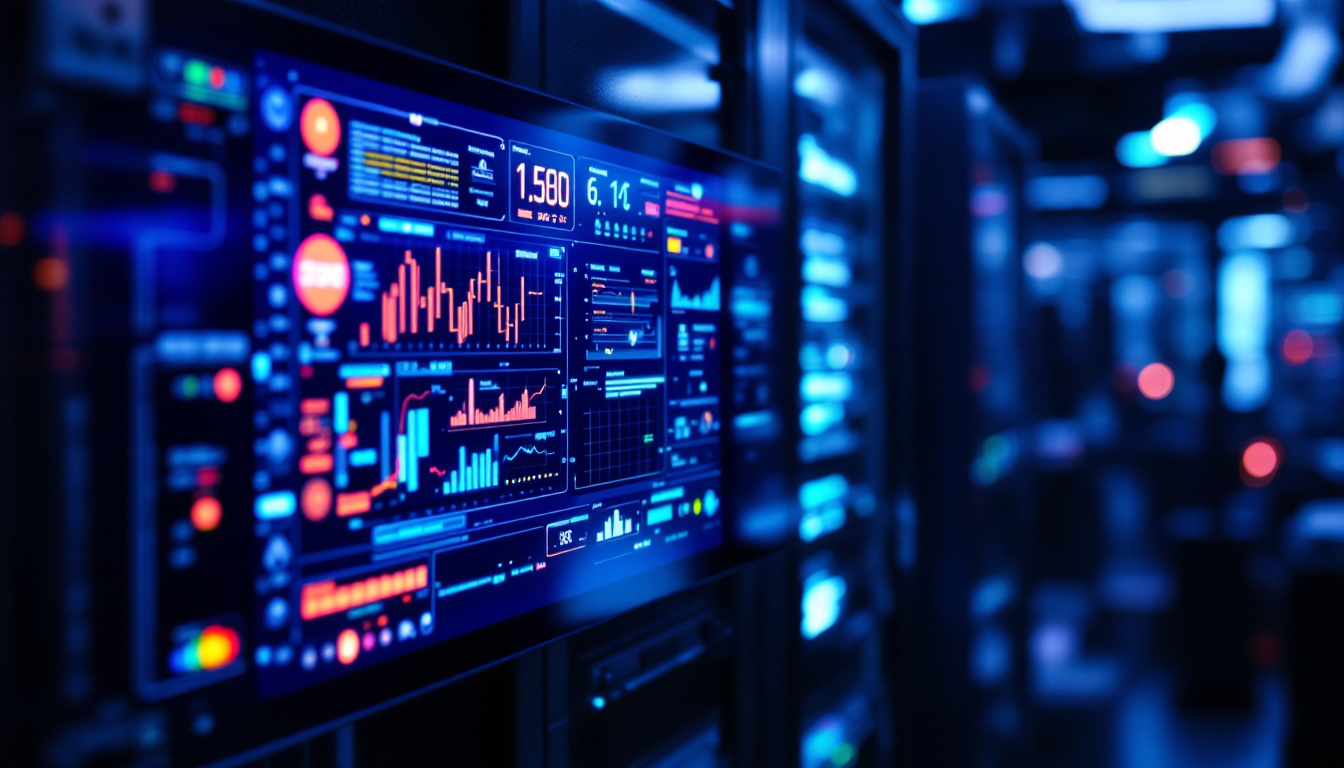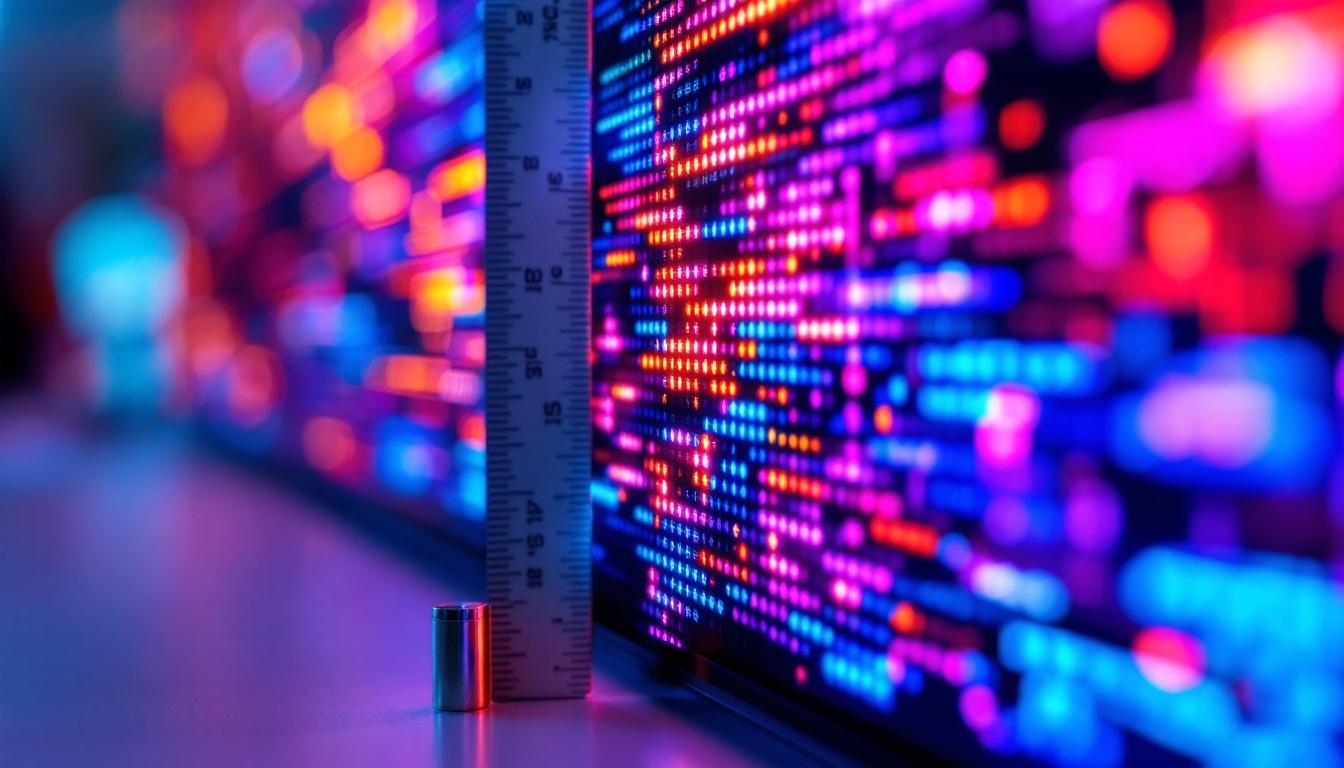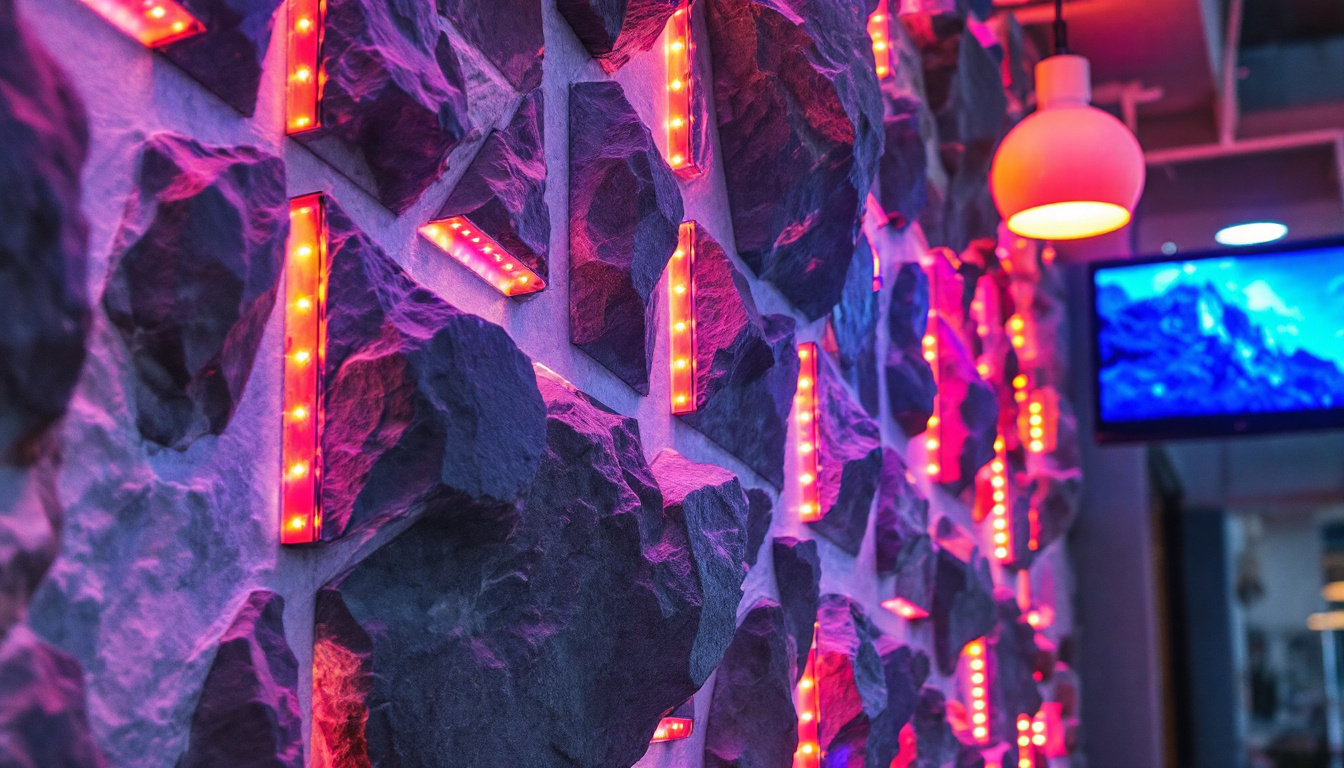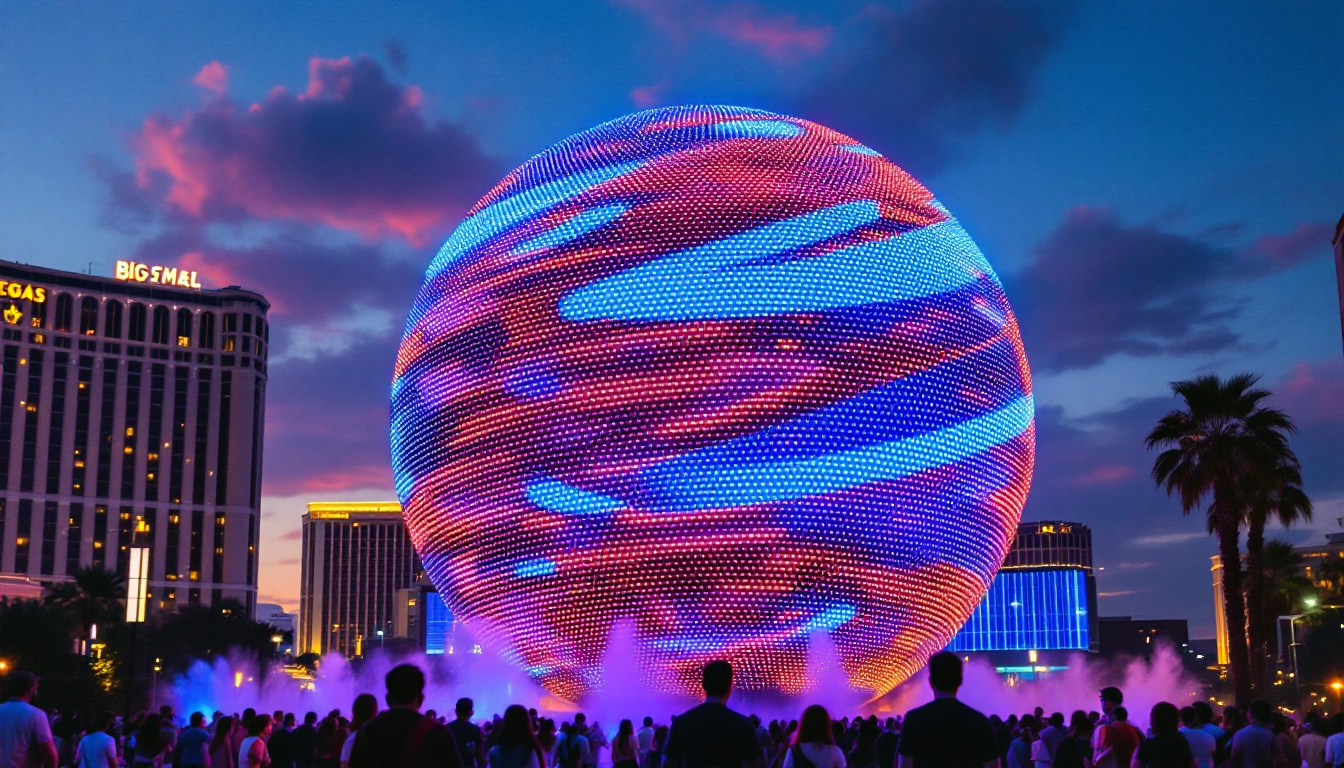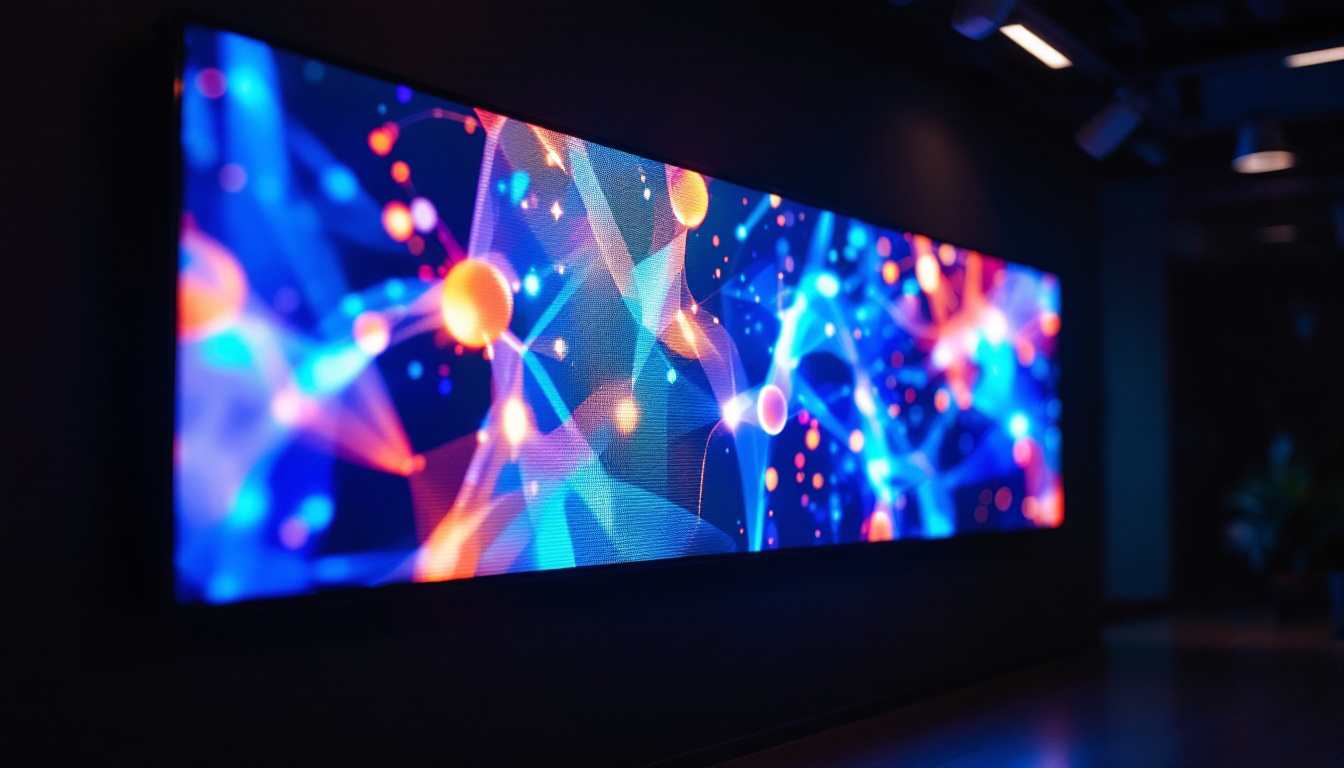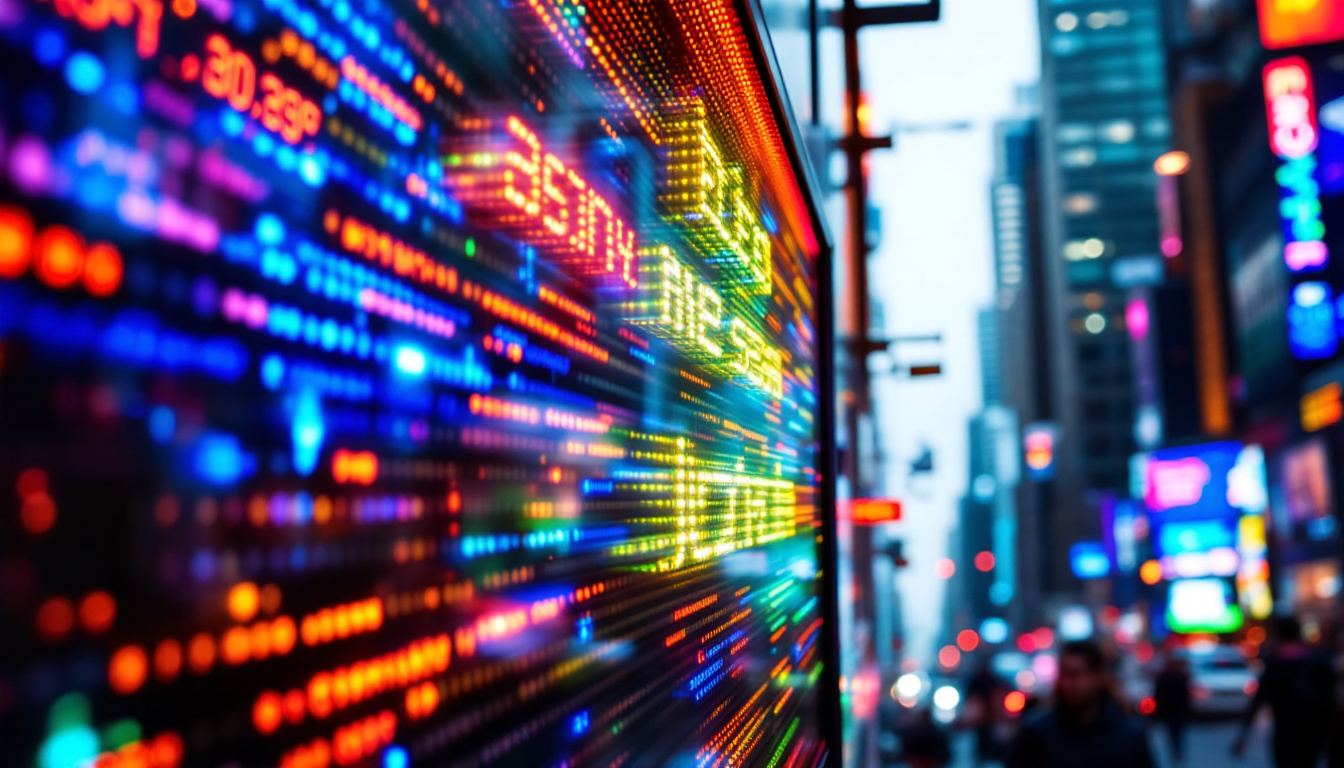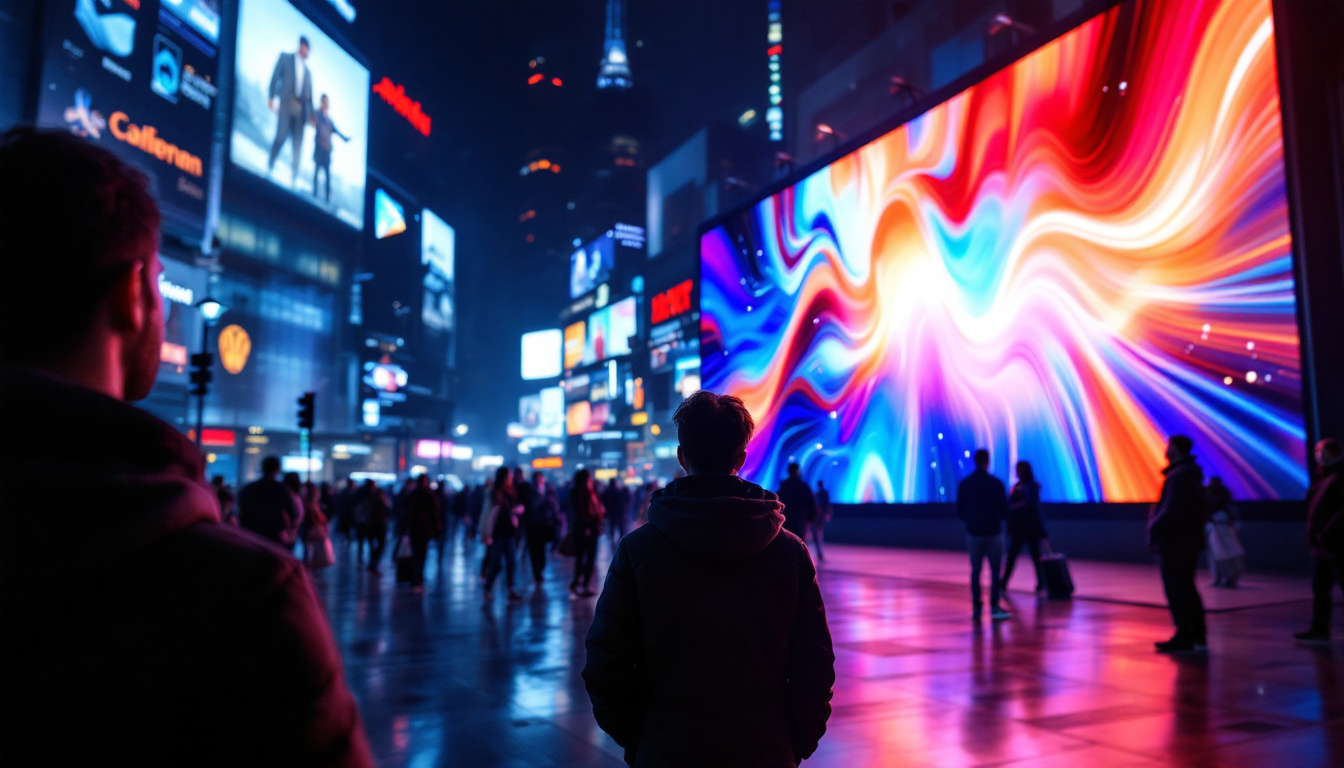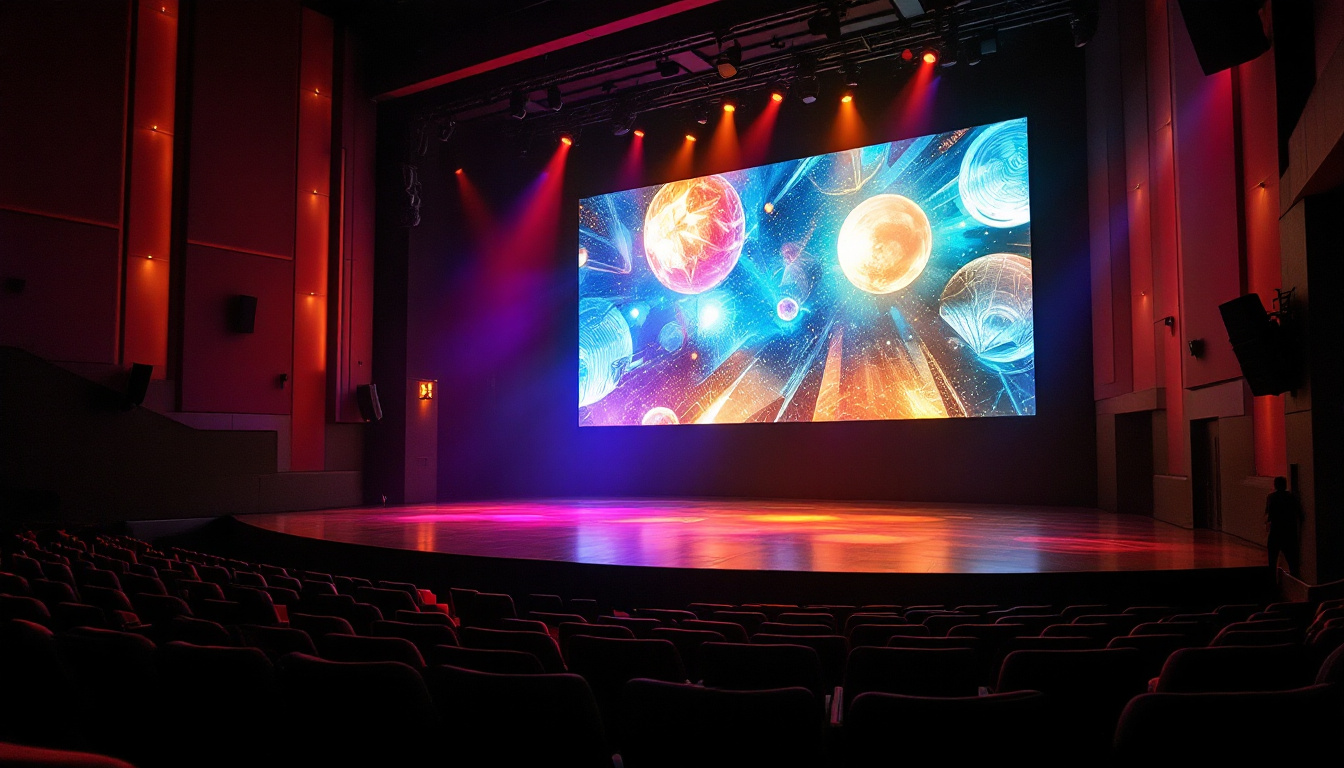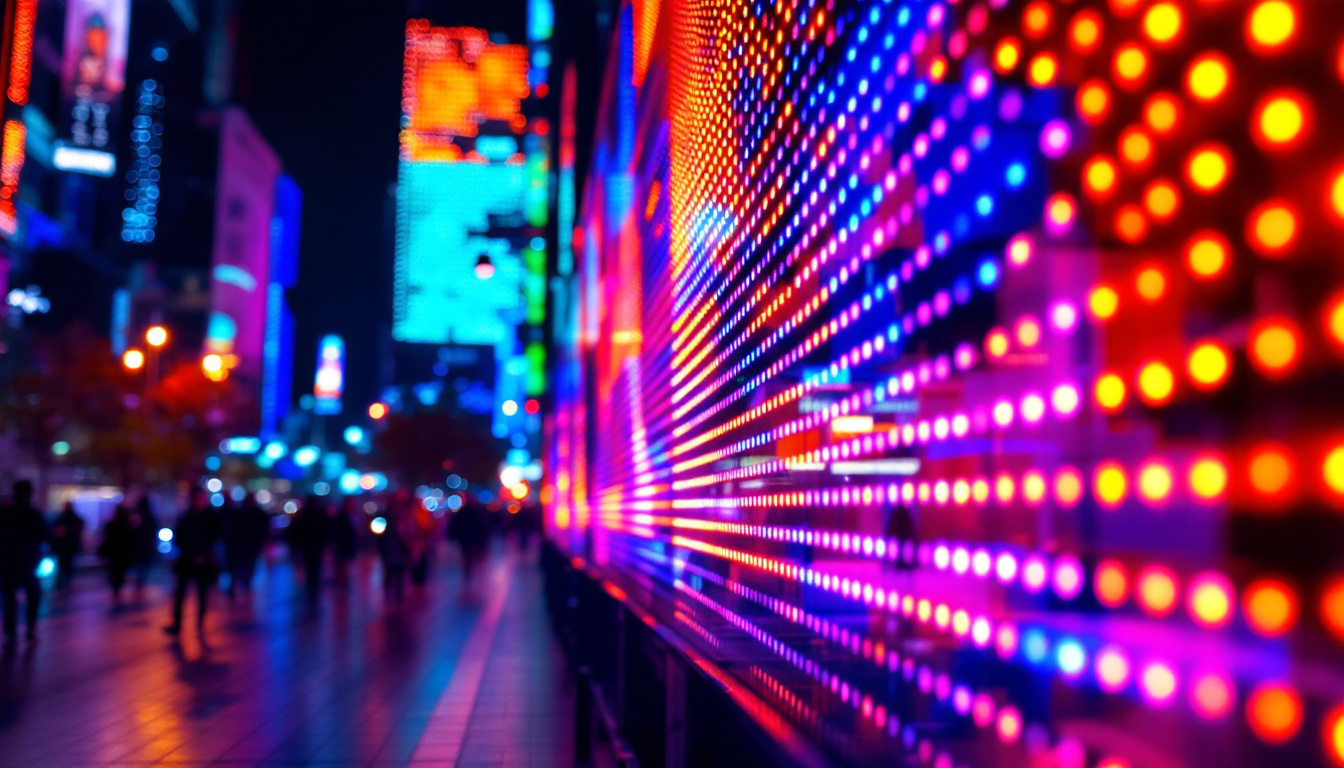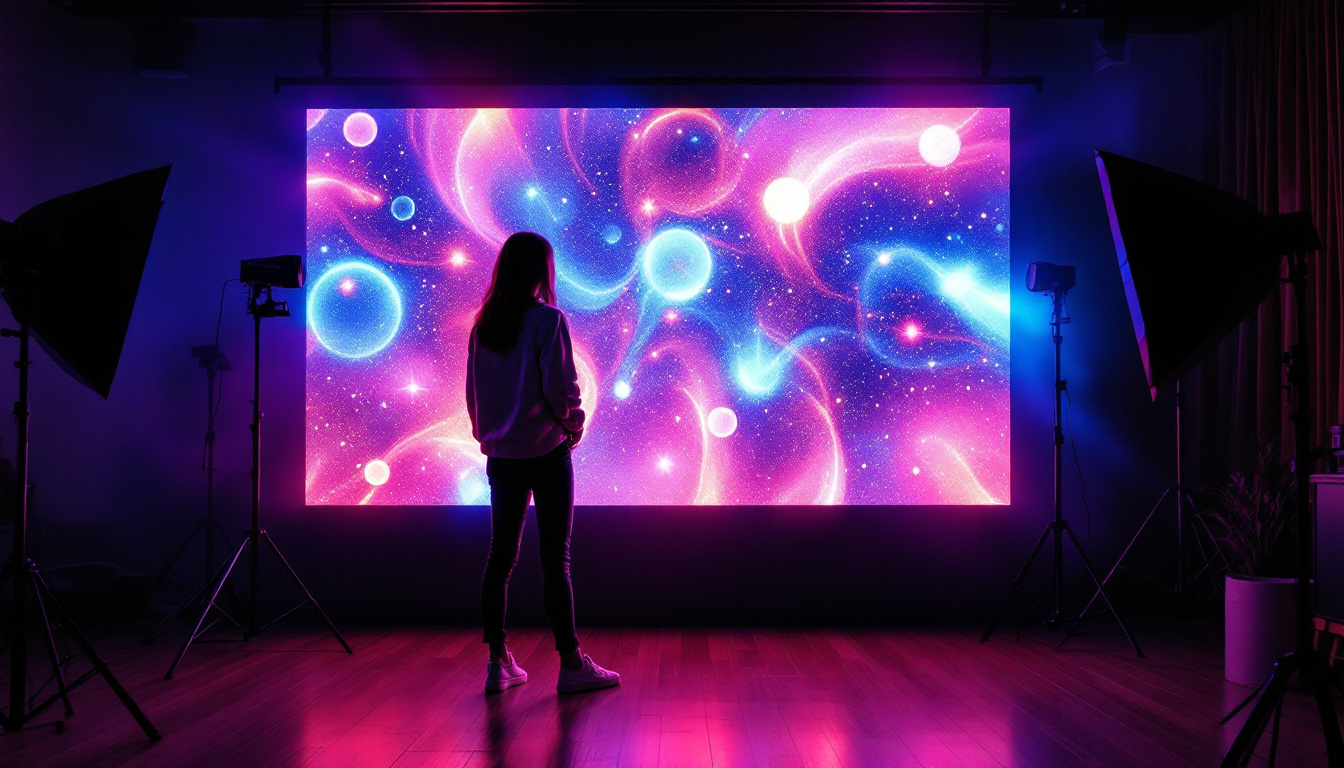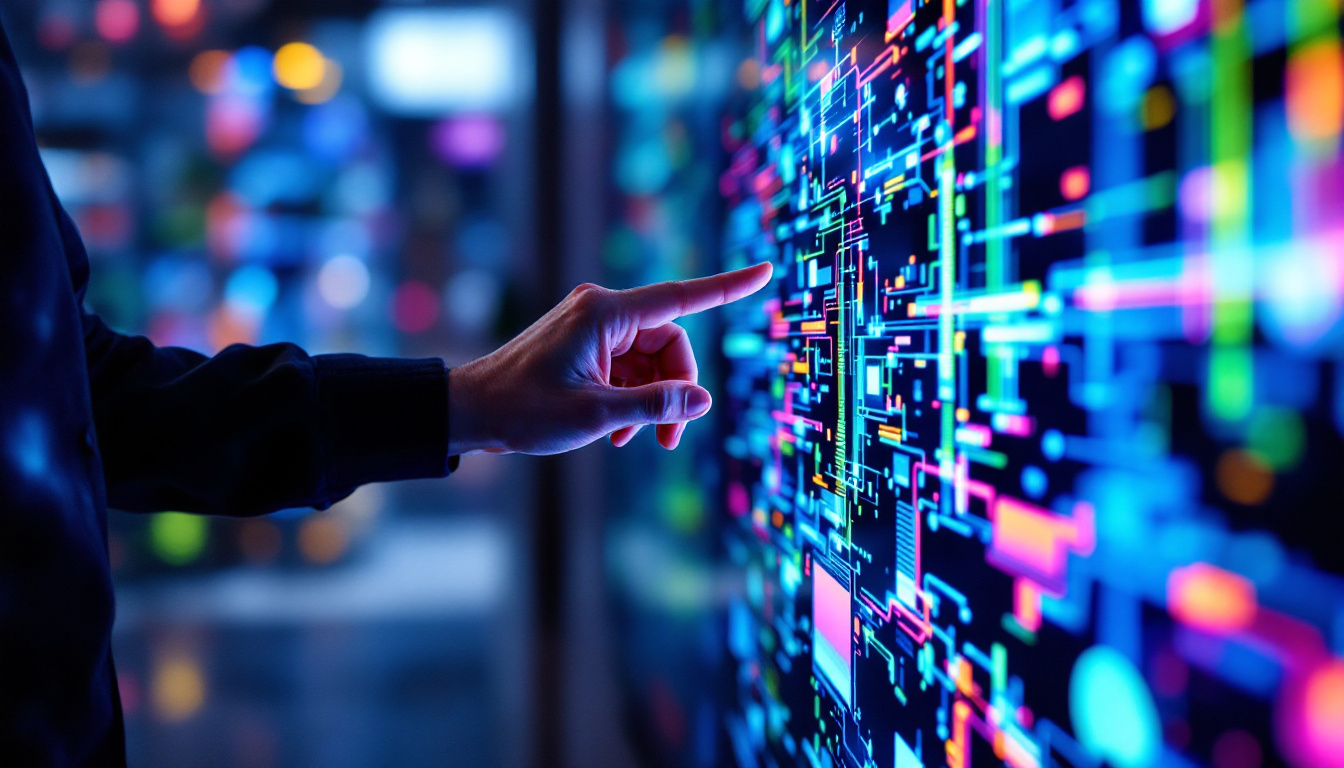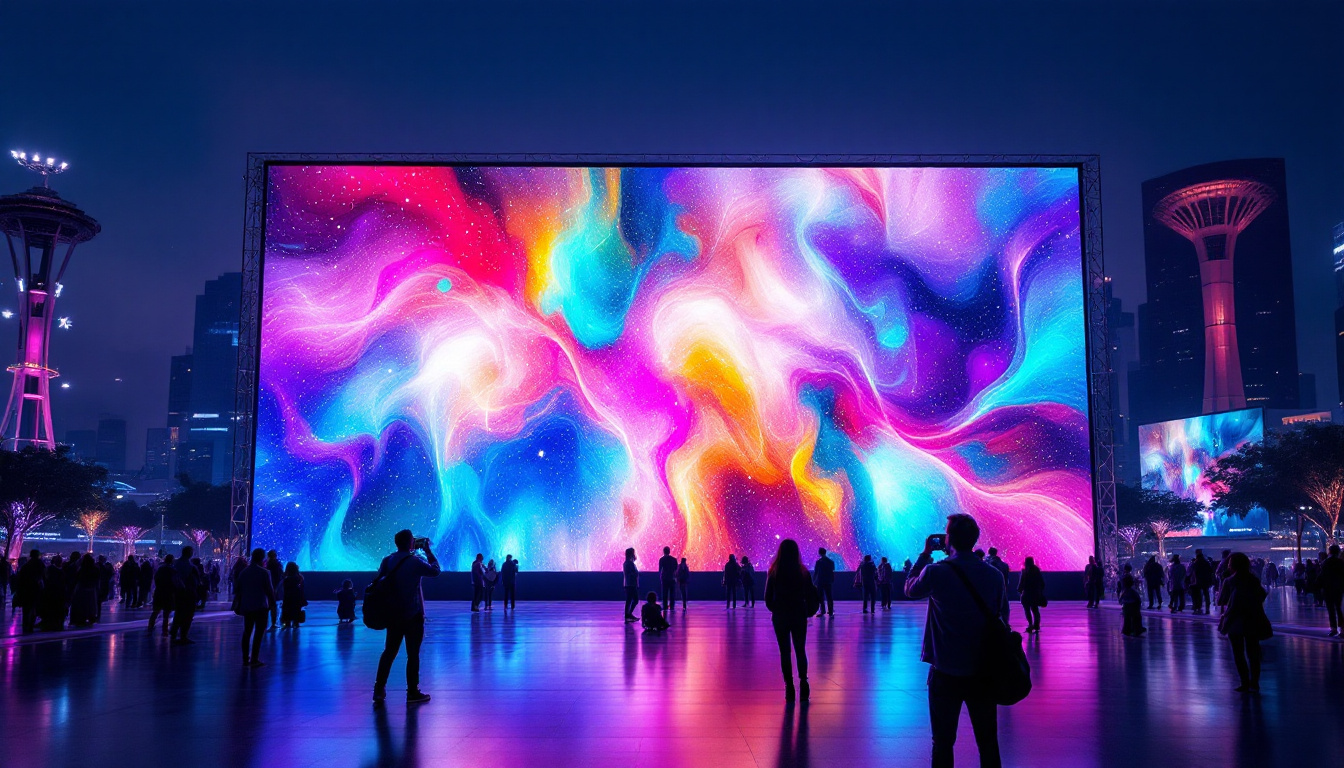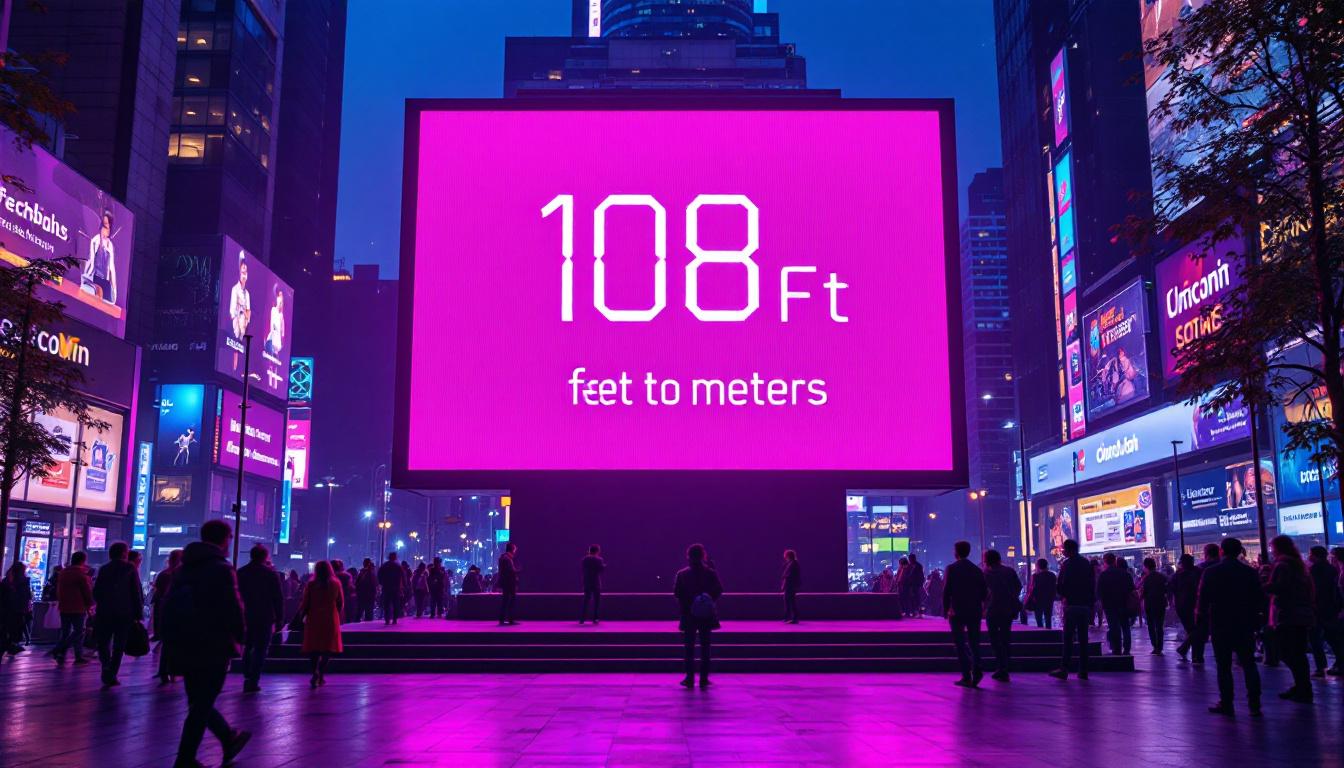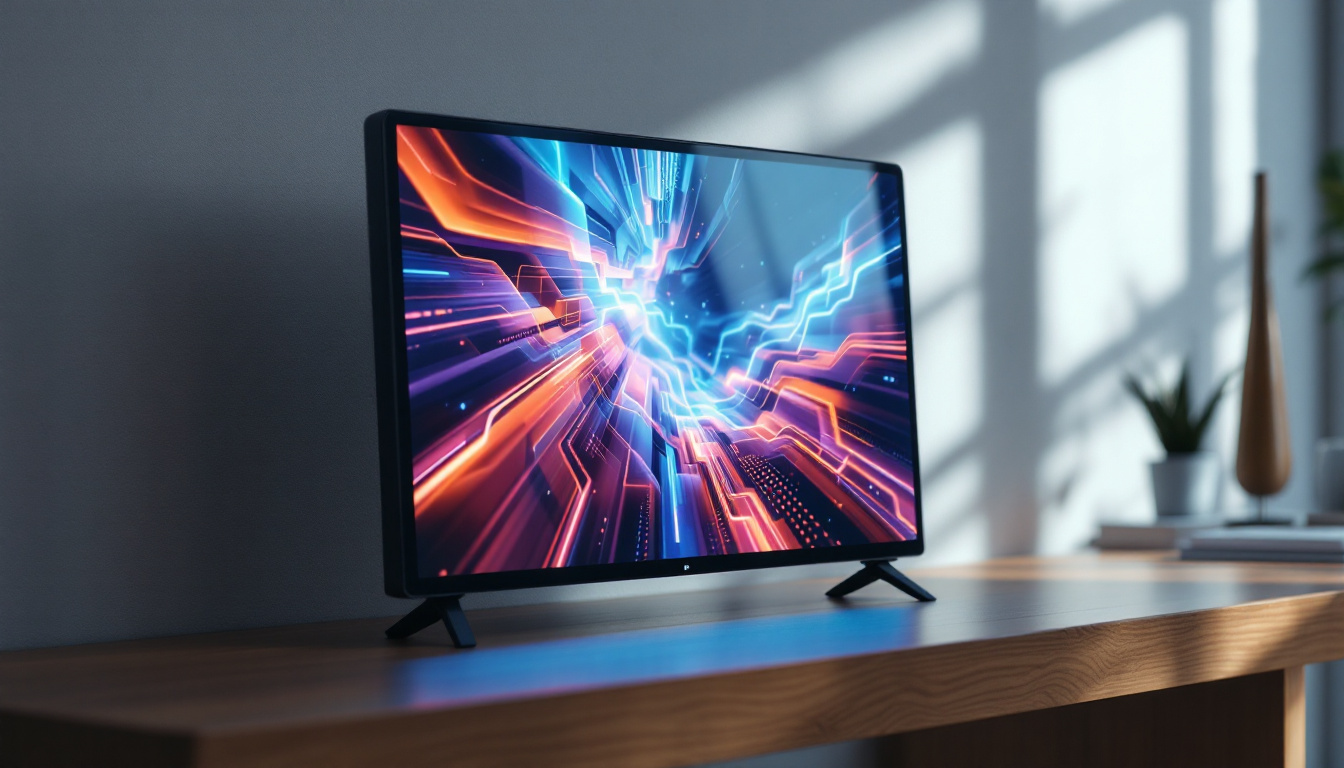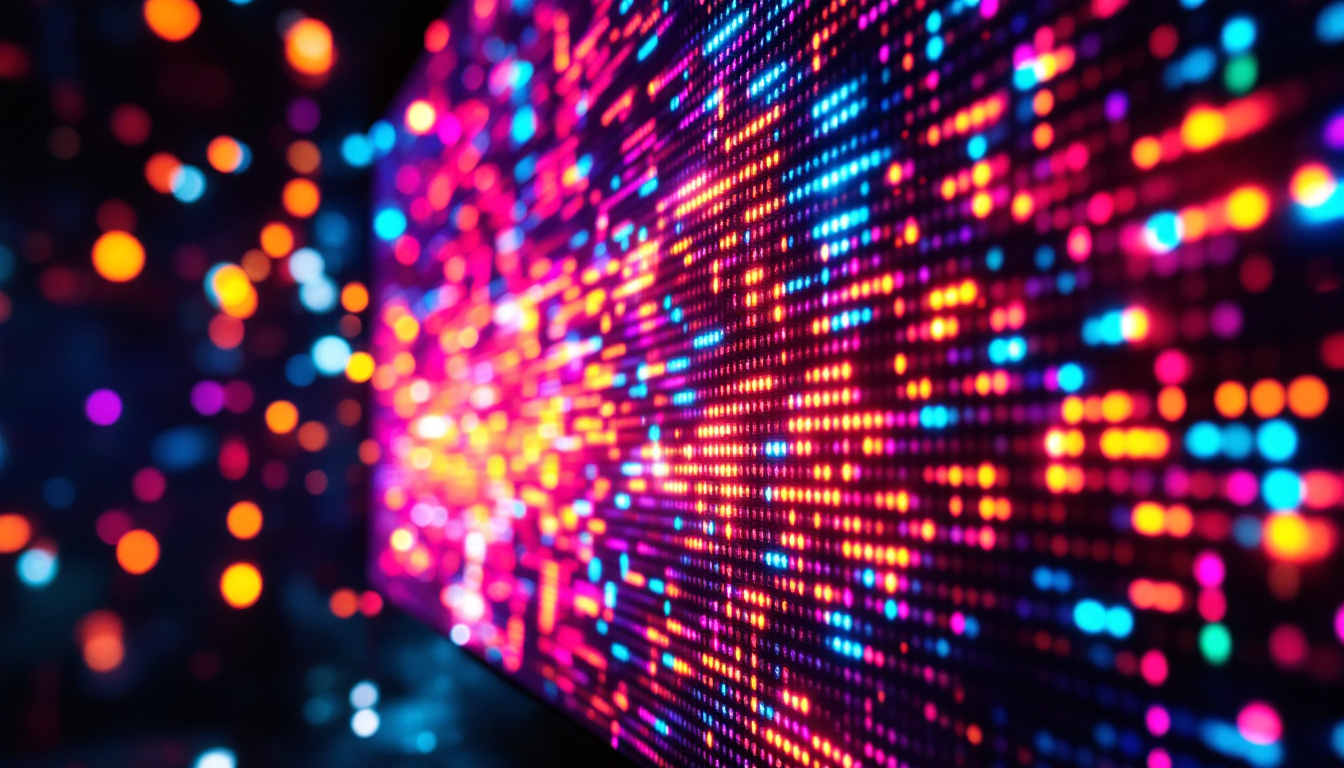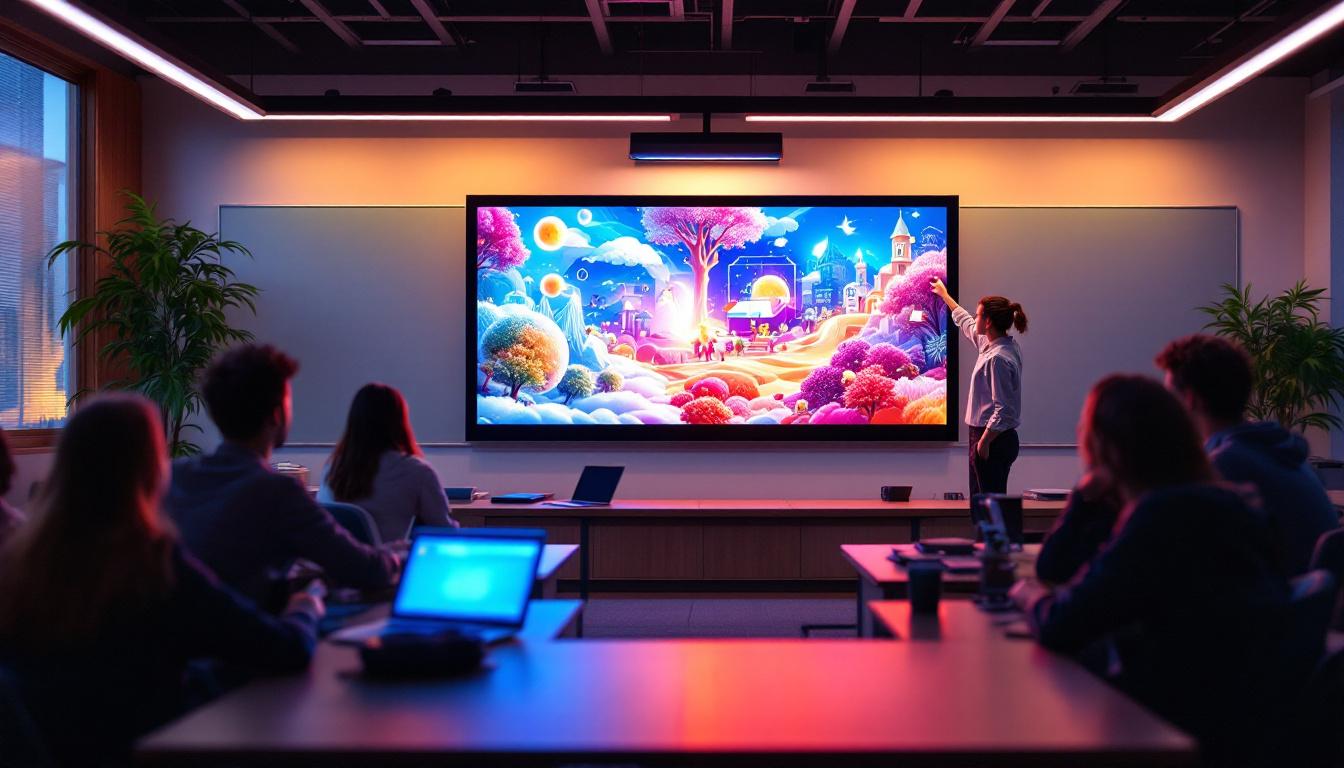The evolution of display technology has transformed the way information is presented in various environments. Among the most popular advancements is the LED display, which has become a staple in advertising, entertainment, and information dissemination. This article delves into the specifics of the 200 136 LED display, exploring its features, applications, and advantages.
Understanding LED Displays
LED, or Light Emitting Diode, displays utilize semiconductor technology to produce light. This technology has allowed for the creation of vibrant, energy-efficient screens that can be used in a multitude of settings. The term “200 136” typically refers to the pixel configuration of the display, indicating the number of pixels available for image rendering.
What is a 200 136 LED Display?
A 200 136 LED display comprises 200 pixels in width and 136 pixels in height, resulting in a total pixel count of 27,200. This configuration is particularly suitable for smaller screens or applications where space is limited but clarity and brightness are still essential.
These displays are often used in environments where detailed information needs to be conveyed quickly, such as in transportation hubs, retail settings, and event venues. The pixel density allows for clear visibility even from a distance, making it an effective choice for various applications.
How LED Displays Work
LED displays operate by illuminating individual pixels using light-emitting diodes. Each pixel is made up of red, green, and blue (RGB) diodes, which combine to create a full spectrum of colors. When these diodes are activated in different combinations, they produce the images and text displayed on the screen.
The technology behind LED displays allows for high brightness levels and excellent contrast ratios, which are crucial for visibility in bright environments. Additionally, LED displays are known for their longevity and low energy consumption compared to traditional display technologies.
Applications of 200 136 LED Displays
The versatility of the 200 136 LED display makes it suitable for a wide range of applications. Its compact size and high visibility make it an ideal choice for environments where space is at a premium but clarity is paramount.
Advertising and Marketing
In the world of advertising, LED displays have revolutionized how brands communicate with their audience. The 200 136 configuration is often used for digital signage in retail environments, allowing businesses to showcase promotions, product information, and dynamic content that can attract customers.
These displays can be programmed to change messages frequently, providing brands with the flexibility to adapt their marketing strategies in real-time. The bright colors and sharp images produced by LED technology ensure that advertisements stand out, capturing the attention of passersby.
Transportation Hubs
Transportation hubs, such as airports and train stations, benefit significantly from the use of LED displays. The 200 136 configuration can be employed for displaying schedules, arrival and departure information, and other critical updates. The clarity of the display ensures that travelers can quickly and easily access the information they need.
Moreover, the energy efficiency of LED technology is particularly advantageous in these settings, where displays may be operational for extended periods. The longevity of LED displays also means less frequent replacements, further reducing operational costs.
Event Venues
Event venues, including concert halls and sports arenas, utilize LED displays for a variety of purposes. The 200 136 LED display can serve as a backdrop for performances, displaying dynamic visuals that enhance the audience’s experience. Additionally, these displays can be used for live event updates, ensuring that attendees are informed about schedules and other important information.
The ability to produce vibrant colors and sharp images makes LED displays a popular choice for creating engaging environments that captivate audiences. Their flexibility in content management allows for seamless integration into the event’s overall theme and branding.
Advantages of 200 136 LED Displays
The adoption of LED displays, particularly the 200 136 configuration, comes with numerous advantages that make them a preferred choice across various industries. Understanding these benefits can help organizations make informed decisions about their display technology needs.
Energy Efficiency
One of the most significant advantages of LED displays is their energy efficiency. Compared to traditional display technologies, LED displays consume considerably less power while delivering superior brightness and color quality. This efficiency translates into lower energy bills and a reduced carbon footprint, making them an environmentally friendly option.
Organizations that prioritize sustainability can benefit from the long-term savings associated with LED technology, as well as the positive public perception that comes from adopting eco-friendly practices.
Durability and Longevity
LED displays are known for their durability and long lifespan. Unlike traditional displays that may suffer from burn-in or degradation over time, LED technology is robust and designed to withstand various environmental conditions. This durability is particularly important in high-traffic areas or outdoor settings where displays are exposed to the elements.
The extended lifespan of LED displays also means reduced maintenance costs, as organizations will not need to replace their displays as frequently. This reliability contributes to a lower total cost of ownership over time.
High Visibility and Clarity
The high visibility and clarity of LED displays make them an excellent choice for applications requiring quick information dissemination. The 200 136 configuration offers a sufficient pixel density to ensure that images and text remain sharp, even from a distance.
Additionally, LED displays perform exceptionally well in bright environments, maintaining their vibrancy without washing out. This capability is crucial for outdoor advertising, transportation signage, and event displays, where visibility is paramount.
Considerations When Choosing a 200 136 LED Display
While the advantages of LED displays are compelling, several factors should be considered when selecting a 200 136 LED display for specific applications. Understanding these considerations can help organizations choose the right display to meet their needs effectively.
Viewing Distance
One critical factor to consider is the viewing distance. The pixel density of a 200 136 LED display may be suitable for close-range viewing, but it may not provide the same clarity when viewed from a distance. Organizations should assess the typical viewing distances in their intended environment to ensure that the display meets visibility requirements.
For applications where viewers will be situated further away, a display with a higher pixel count may be necessary to maintain image quality and clarity. Understanding the target audience’s viewing habits can guide this decision.
Content Management
Another consideration is the content management system (CMS) that will be used to control the display. A robust CMS allows for easy updates and scheduling of content, ensuring that the display remains relevant and engaging. Organizations should evaluate their content needs and choose a CMS that aligns with their operational requirements.
Additionally, the ease of use of the CMS is crucial. A user-friendly interface can streamline the process of updating content, allowing staff to make changes quickly and efficiently without requiring extensive technical training.
Environmental Conditions
When selecting an LED display, it is essential to consider the environmental conditions in which it will be used. Outdoor displays need to be weatherproof and resistant to UV rays, while indoor displays may have different requirements. Understanding the specific environmental challenges can help organizations choose a display that will perform optimally in their setting.
Moreover, factors such as temperature fluctuations and humidity levels can impact the performance and longevity of LED displays. Ensuring that the chosen display is rated for the intended environment can prevent potential issues down the line.
Future Trends in LED Display Technology
The LED display industry is continually evolving, with advancements in technology paving the way for even more innovative applications. Staying informed about these trends can help organizations anticipate future needs and adapt their strategies accordingly.
Increased Pixel Density
As technology advances, the trend toward higher pixel density in LED displays is becoming more pronounced. This increase allows for even greater clarity and detail, making displays suitable for a wider range of applications. Future iterations of the 200 136 LED display may feature enhanced pixel configurations, providing organizations with more options to meet their needs.
Higher pixel density will also enable displays to be viewed from closer distances without sacrificing image quality, opening up new possibilities for interactive displays and immersive experiences.
Integration with Smart Technology
The integration of LED displays with smart technology is another trend that is gaining traction. Smart displays can connect to the internet, allowing for real-time updates, remote monitoring, and advanced analytics. This capability can enhance the effectiveness of advertising campaigns and improve operational efficiency.
Organizations that adopt smart LED displays can leverage data insights to optimize content delivery and engage their audience more effectively. This trend is likely to shape the future of advertising and information dissemination.
Enhanced Interactivity
As consumer expectations evolve, the demand for interactive displays is on the rise. Future LED displays may incorporate touch technology, allowing users to engage directly with the content. This interactivity can enhance user experience and create more engaging environments in retail, events, and public spaces.
Organizations that embrace interactive LED displays can foster deeper connections with their audience, leading to increased engagement and brand loyalty.
Conclusion
The 200 136 LED display represents a significant advancement in display technology, offering a range of applications and advantages that make it a popular choice across various industries. Understanding its features, benefits, and considerations can help organizations make informed decisions about their display needs.
As technology continues to evolve, the future of LED displays looks promising, with trends pointing toward increased pixel density, smart technology integration, and enhanced interactivity. Organizations that stay ahead of these trends will be well-positioned to leverage the full potential of LED display technology in their operations.
Discover LumenMatrix LED Display Solutions
Ready to elevate your visual communication with the latest in LED technology? Look no further than LumenMatrix, a pioneer in crafting immersive and dynamic visual experiences. From Indoor and Outdoor LED Wall Displays to innovative solutions like Vehicle LED Displays, LED Posters, and Custom LED Displays, LumenMatrix has the perfect fit for your needs. Embrace the future of engagement with our All-in-One and Transparent LED Displays, designed to captivate your audience and amplify your message. Check out LumenMatrix LED Display Solutions today and transform the way you connect with your audience.

